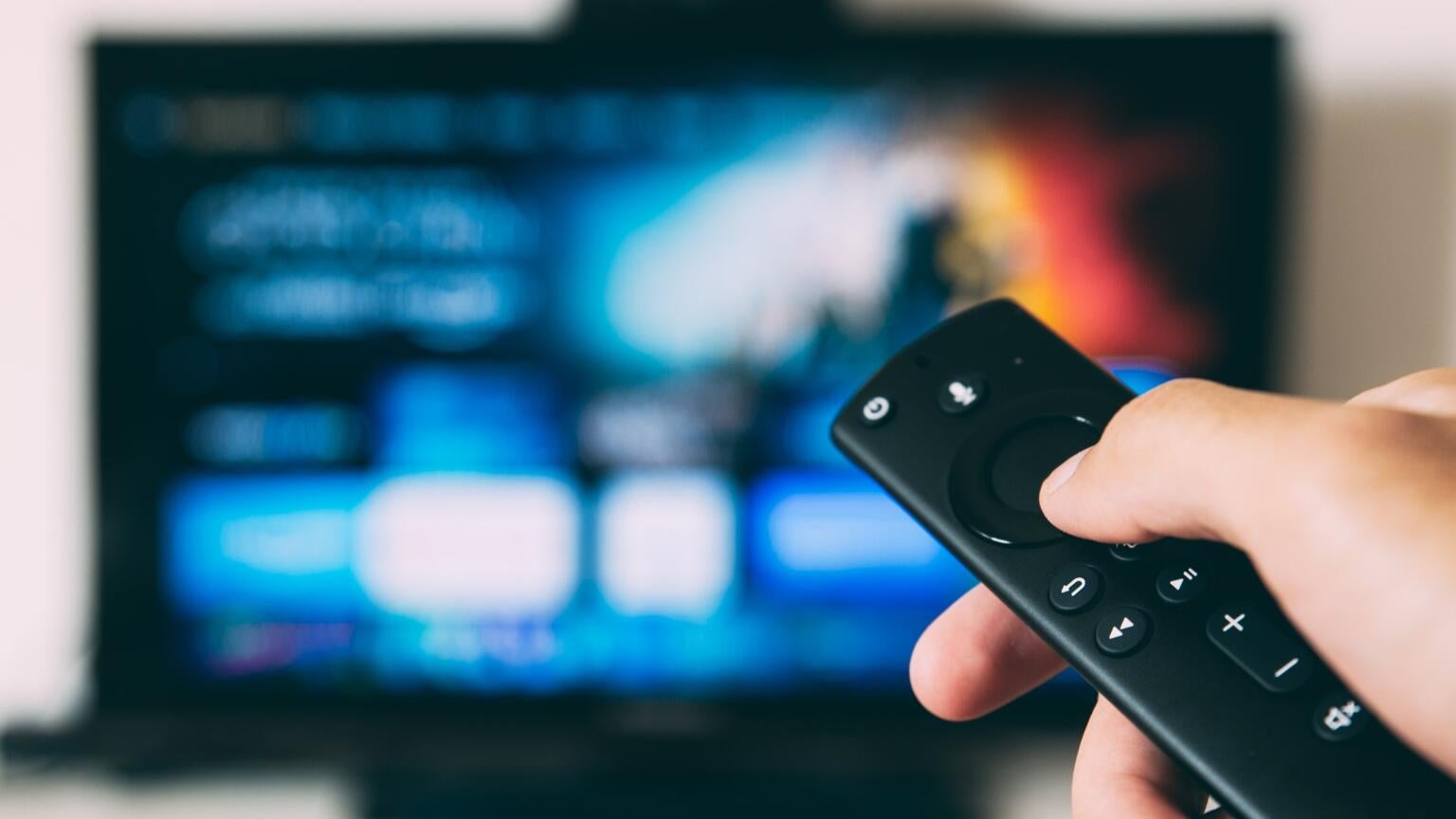The Streaming Service as Gatekeeper for New Programming
Even established networks are turning to established streamers to get content to viewers.

It wasn’t so long ago that newly-formed streaming services were going, hat-in-hand, to the major legacy television networks to look for content to put on their platforms. Now, reports note that the situation is turning around on its ear, and the rise of streaming’s popularity is prompting networks to turn to the streamers to get content in front of customers.
As more and more people make the move away from traditional cable and broadcast channels to streaming services, the legacy networks are left with a declining population of viewers and a desperate need to get their numbers up. So, the legacy networks look to supply streaming platforms from Roku to Amazon Prime Video and beyond with their content. For broadcast networks, this isn’t that new; broadcast networks routinely sought licensing deals with cable networks back when cable began its rise to prominence. For cable, however, this is a comparatively new development, and it’s catching many within the field by surprise.
An interview between CNBC and John Malone, then Chairman of Liberty Media, spelled out Malone’s stance on streaming: it was only likely to get stronger. Malone noted that streaming platforms were likely to get “…enormously powerful” thanks in large part to their sheer global reach. Cable channels could never really achieve that kind of range, not in the same way streaming video can.
Amazon Prime Video
Amazon Prime Video is a subscription video streaming service that includes on-demand access to 10,000+ movies, TV shows, and Prime Originals like “The Lord of the Rings: The Rings of Power,” “Jack Ryan,” “The Marvelous Mrs. Maisel,” “The Boys,” and more. Subscribers can also add third-party services like Max, Showtime, STARZ, and dozens more with Amazon Prime Video Channels. Prime Video also offers exclusive live access to NFL Thursday Night Football.
It’s also posing problems for the legacy operators. John Stankey, AT&T’s CEO, noted that streaming platforms are playing rough when it comes to negotiating agreements. At the Wall Street Journal's Tech Live event last November, Stankey opined “Where the bottlenecks are sometimes occurring are in these commercial agreements. We should ask ourselves, is that friction somebody really feeling their oats and maybe having market power above and beyond what’s reasonable for innovation?”
Maybe, but that’s largely beside the point. Less-charitable souls might well call it the whining of the also-ran. Regardless of where the power stems from, or if streaming platforms are just indulging in sadistic knife-twisting just because they can (anyone else remember dealing with South Park Cable?), the point is that this is where the power is now. At least, for now. Streaming providers are providing the best experience, and customers are moving to it. Customers are able to select content providers based on what they want to watch, and can freely move from platform to platform as circumstances warrant.
That may not be the best experience but it’s the best we have so far. Customers tired of overpriced package deals that include a lot of content they didn’t want are going to streaming, and with so many eyes concentrated therein, cable and broadcast are left with few options but to plead with streamers to put legacy content on streaming platforms.
There is one other option that seems to be working at least passably well: legacy providers are building their own streaming platforms. Just look at Peacock and Paramount Plus, not to mention the growing lineup of smaller channels doing something similar. Streaming platforms may have the whip hand right now, but with legacy networks controlling vast amounts of content, streaming platforms may want to be more forbearing lest they lose access to that content.
